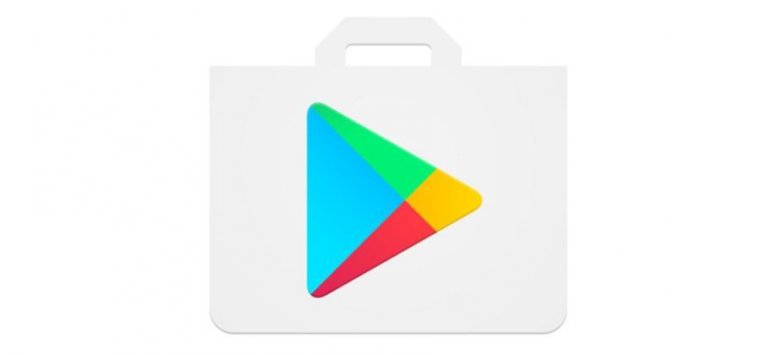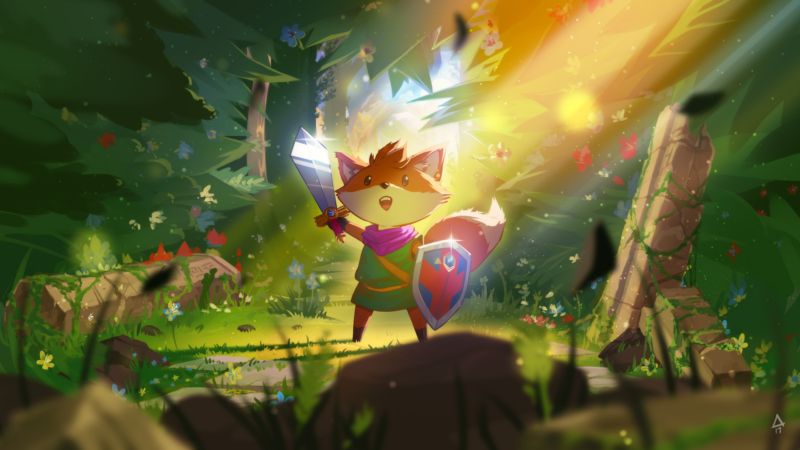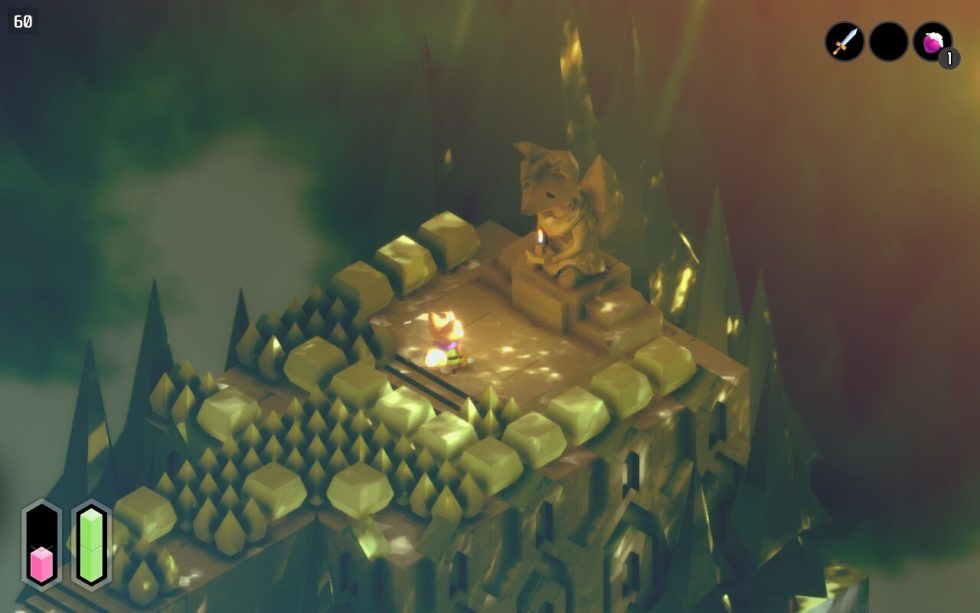Source: NYT > Technology
In the 1970s, Jack Dongarra created code and concepts that allowed software to work easily with the world’s most powerful computing machines.
Source: NYT > Technology
In the 1970s, Jack Dongarra created code and concepts that allowed software to work easily with the world’s most powerful computing machines.
Source: Hacker News
Source: Hacker News
Source: Hacker News
Source: Hacker News
Source: OSNews
After six months of development, GNOME 42 is here and it’s packed with some cool new features and enhancements for fans of the GNOME desktop environment. The biggest change in this major release is the porting of almost all default GNOME apps to the latest GTK4 toolkit and the libadwaita 1.0 library for a more modern look and faster performance.
This is a very odd release. There’s tons of great, valuable new features and improvements in here, and if it wasn’t for libadwaita, I’d be quite excited to upgrade my various GNOME installations the moment Fedora 36 becomes available. A new screenshot UI, updates to all the core applications, a ton of performance improvements, and a lot more.
Sadly, libadwaita is incredibly problematic. Virtually all of GNOME’s core applications now use libadwaita, which means they cannot be themed. They will all use the default refreshed Adwaita theme, and no matter what Gtk+ theme you install, you can’t change that. What makes matters worse, is that the various applications not yet ported over to libadwaita, such as Nautilus, will still use the old, pre-libadwaita Adwaita theme, meaning that even on a default installation without any custom themes, you’re going to have to deal with a very inconsistent user interface.
Even when all of GNOME’s core applications have been ported over to libadwaita, your desktop will still make use of countless regular Gtk+ applications that will look out of place compared to all the GNOME applications. The GNOME team of course hopes that every Gtk+ developer will adopt libadwaita – Cinnamon, Xfce, Cosmic, MATE be damned – but the odds of that happening are slim.
Libadwaita knowingly and willingly makes using GNOME a far less pleasurable experience, and the fallout of this boneheaded move will take years to recover from – if at all.
Source: Ars Technica

Enlarge (credit: Google Play Store)
Google Play Movies & TV—and the Google Play brand in general—seems doomed. Google already pulled the Play Movies & TV app from Rokus and other smart TV platforms last year, and it will now remove the Movies & TV section from the Play Store. The Play Store, which used to offer a large collection of content, now only sells apps and books.
Google posted a message to the Google Play Help community saying that the Movies & TV Play Store section will shut down in May 2022 and that the Google TV app will be the new home for buying movie and TV content from Google on phones and tablets. The company also sells video content through YouTube, and when it shut down the Google Play Movies & TV app on smart TVs, Google pitched the YouTube app as its replacement for purchased content.
So when you buy video content from Google, you use the Google TV or Google Play Movies & TV app to play content on Android, the Google Play Movies & TV app on iOS, and the YouTube app on third-party smart TVs like a Roku. "Google TV" isn't just the name of the phone app and video content store; it's also the new name of Android TV OS, which you can get on the new Chromecast (it's also integrated into some Sony and TCL television sets). On those devices, your purchases are built into the operating system. Google Play Movies & TV will be completely dead if Google chooses to shut down the phone apps, and that seems inevitable at this point.
Source: OSNews
We need to talk about Windows priorities as a product. And I am saying this as someone who wants Windows to succeed – it’s a great OS that, despite it’s naysayers, is still one of the best when it comes to backwards compatibility and richness of functionality. I mean, I can literally run a game written for Windows 95 on Windows 11 without major issues (no, I am not going to open the SafeDisc can of worms this time). I can’t do that on macOS or Linux boxes reliably, and yet Windows is doing a-OK with this task. That being said, I am disappointed to see the direction that the OS is taking lately, and it feels like a very odd misplacement of priorities, especially given the advances that other Microsoft products are going through.
A detailed post outlining all the problems on Windows – problems that are only getting worse. Using Windows these days feels like visiting Times Square in New York – it’s a cacophony of lights and colours and advertisements and noise that, while an experience worth having, I didn’t want to stay for much longer than a few minutes. It doesn’t have much to offer besides the lights and colours and advertisements and noise, because those are the very point of Times Square. There’s nothing else of value there.
Windows is the same – it isn’t an operating system designed for its users, it’s an operating system designed to increase ad and services revenue. The people in charge at Windows clearly aren’t the people who care about a coherent, welcoming, pleasing, thorough, and well-crafted experience – it’s the advertisement bozos and cloudbros who run the Windows department.
And that’s sad.
Source: The Verge - All Posts

Amazon’s purchase of MGM for $8.45 billion is complete, without a public response from the FTC on whether or not it will challenge the deal. Reports have suggested for months that the FTC was considering a challenge, and The Wall Street Journal noted earlier this month that Amazon certified it had given the FTC all necessary information, setting a mid-month deadline that it would close the deal, with or without a response from the agency and its new leader, Lina Khan.
After initially declining to comment on the deal’s closure, the FTC did send a statement to The Verge. The FTC’s office of public affairs director, Lindsay Kryzak, says “The FTC does not comment on any particular matters. However, we reiterate that the Commission does not...
Source: Ars Technica

Enlarge / Tunic looks and feels a lot like 8-bit Legend of Zelda. But I assure you, more is going on here. (credit: Andrew Shouldice / Finji)
When I reviewed The Legend of Zelda: Link's Awakening on Switch in 2019, I lamented its stubborn adherence to the past. I don't necessarily blame Nintendo for reproducing the Game Boy classic's elements wholesale, but the remaster's gorgeous, modern aesthetic, complete with 3D models replacing the original 2D sprites, started turning gears in my head.
Could a modern game have classic-yet-fresh gameplay that feels as good as this remaster looks? I asked myself. What if a beautiful, top-down adventure could both evoke 8-bit Zelda nostalgia and implement more modern mechanics and ideas? In the modern gaming era, we've seen all manner of games borrow liberally from Nintendo's classic adventuring series, but they've mostly been on the 3D side.

A great adventure begins. (Any image in this review with a "60" in its top-left corner was captured by Sam Machkovech on a Steam Deck.) (credit: Andrew Shouldice / Finji)
This week's Tunic, a six-years-in-the-making indie adventure made primarily by sole developer Andrew Shouldice, is a rare example of a truly worthy 2D Zelda homage. It even surpasses other recommended modern titles like Death's Door, Hob, and, yes, Nintendo's own Link Between Worlds.